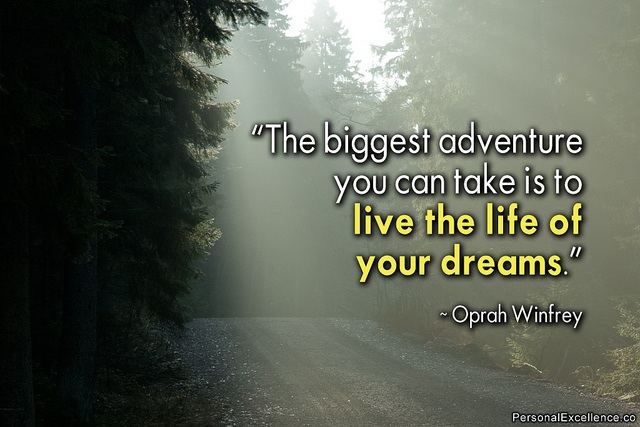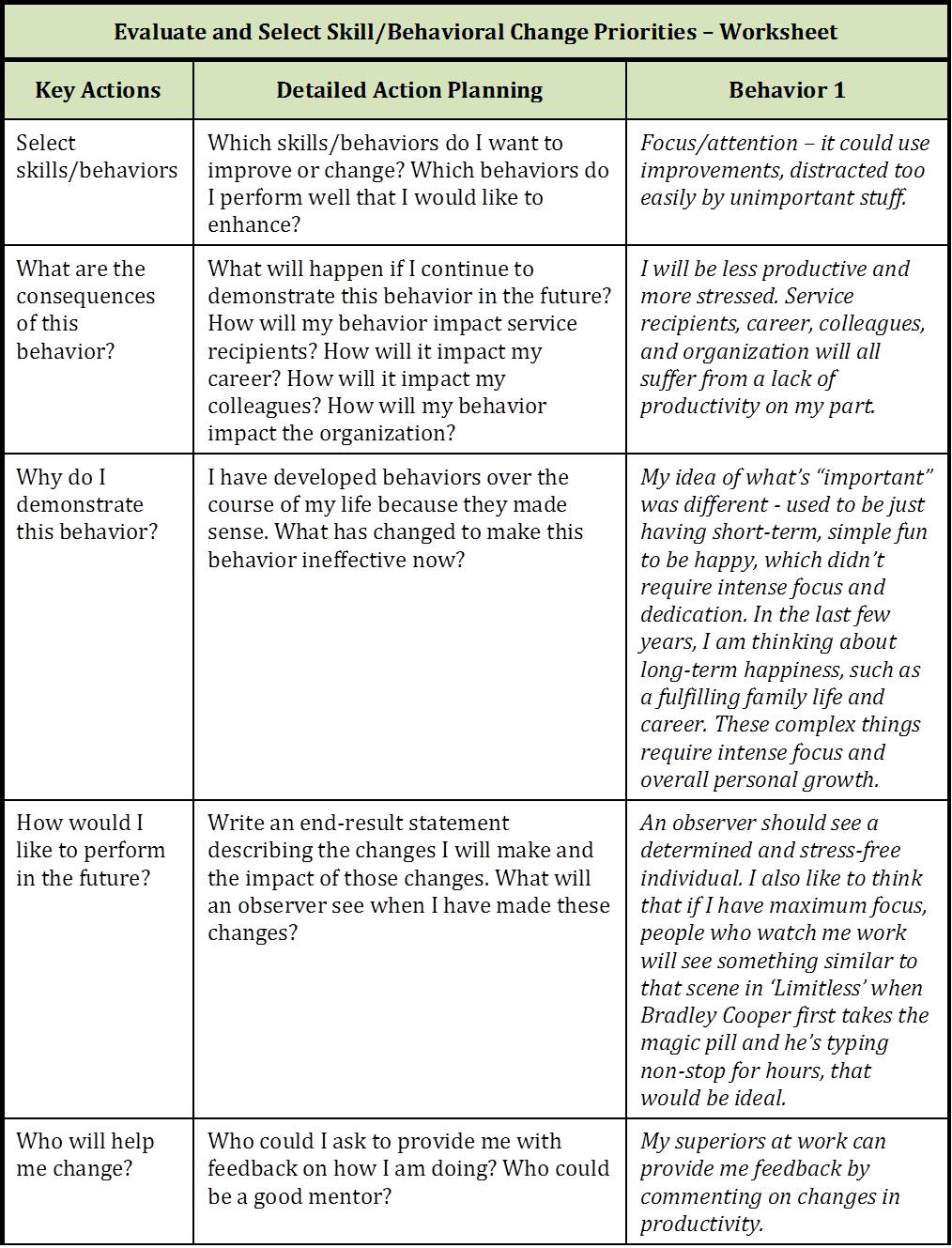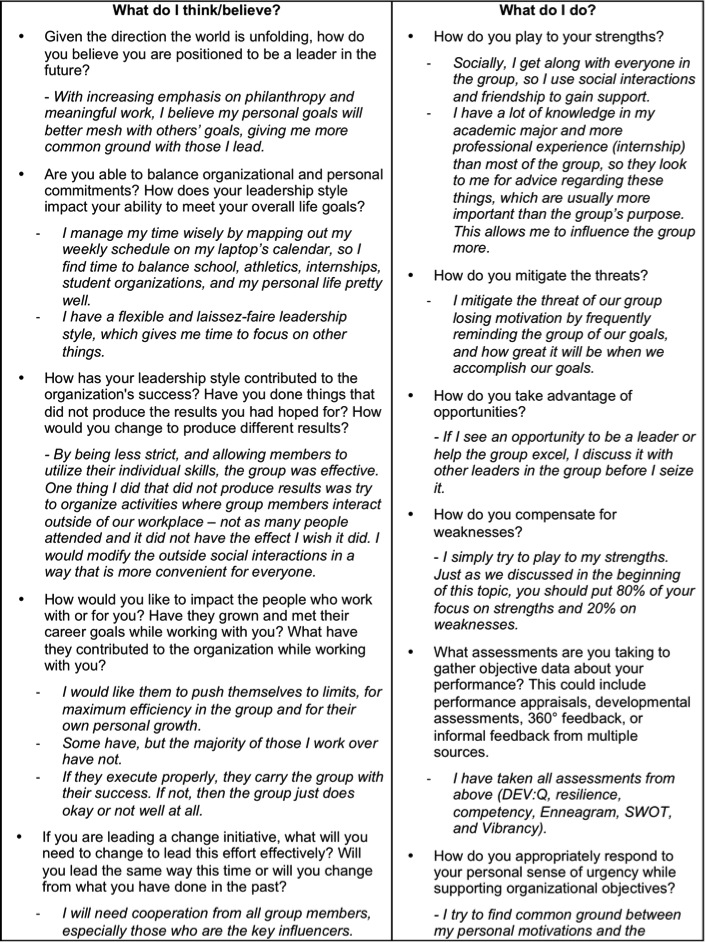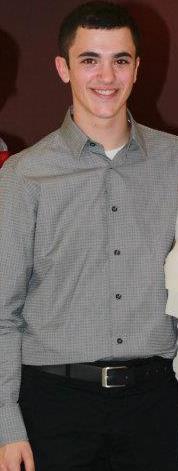Seeking to Understand: Advice to Successfully Implement DEI Initiatives
Maureen Metcalf writes this blog and summarizes 5 recommendations Roger Madison shared about how leaders can improve the outcomes of diversity, equity and inclusion (DEI) initiatives. It is a companion to the podcast Diversity and Inclusion Insights from IBM South Africa Experience.
Recently, I was honored to interview Roger Madison, a successful person of color overcoming discrimination and bias. Let me share a little bit about Roger.
Roger’s Background
Roger grew up in Farmville, Virginia, and went on to earn his Bachelor’s of Science in Business Administration from the George Washington University School of Business and Government Studies. He is the Founder and CEO of iZania, LLC, which he established in 2003 after a successful career as a sales executive for IBM, some of that time was spent in South Africa. iZania.com is an online community of Black entrepreneurs, professionals, and consumers, dedicated to economic and social empowerment. His goal is to help bridge the digital divide.
Roger’s passion is helping to prepare young people for the business of life. He is actively engaged in our community as a board member, volunteer, and mentor with Junior Achievement of Central Ohio, Big Brothers Big Sisters of Central Ohio, and Boys and Girls Clubs of Columbus.
He is married to his lovely his wife, Joyce, and they live in central Ohio. They have been blessed with two adult children and two grandchildren.
Our Conversation
I believe part of the solution to diversity, equity, and inclusion involves understanding people’s experiences impacted by discrimination. During the interview, Roger shared the story of his struggles when his high school was closed because of the Brown vs. Board of Education legal battle. Roger also shared how bias impacted his ability to perform during his early college years and how his experience in the U.S. Air Force helped him develop the skills and confidence required to complete his college degree.
Roger was among the first and often only black person in a job or role. He found ways to thrive, even in overtly discriminatory environments. He is talented, able to self-advocate, and also fortunate to have had the opportunities he did. As described above to young people, he now gives back, helping them understand the business of life. He also serves as a role model and mentor for many others through his direct work at iZania and other community work.
I encourage you to listen to his full interview at the link here.
Roger’s Recommendations
Based on Roger’s unique experience, here are the five steps he recommends to improve outcomes from DEI initiatives.
- Undertake an honest assessment of the current status of your organization. Understand the perceptions of DEI issues of existing employees. Their perceptions represent the reality of your organization. This has to be the starting point.
- Set measurable goals for change. Establish a vision of the inclusive environment you are working toward. Commit to targets of inclusion, similar to the affirmative action programs of the 1970s.
- Create a pipeline to sustain the targets you establish. Ensure meaningful representation at entry, middle, and senior levels of your organization. This means providing opportunities for advancement with mentorships, special assignments, and broad exposure across all organizational areas.
- Be an advocate for the vision of an expanded culture of inclusion. Leaders must lead. This is not an assignment to delegate to the Chief Diversity Officer. There may be a need for a Chief Diversity Officer to execute programs, but leadership must reside at the top.
- Follow through with the execution of plans to reach the goals established. DEI must be a commitment, not an option.
We encourage you to look at how your organization is doing against your DEI goals, and if you don’t have DEI goals, how you are doing compared to where you think or wish you were. If you are not meeting your goals, take action. If you are in a formal leadership role, you can take significant action. If you are an individual contributor, you can be an advocate! All of us have a role to play in the evening the playing field. Thank you for playing your role well – to create a world where everyone has equal opportunities.
About the Author
Maureen Metcalf – Founder, CEO, and Board Chair of Innovative Leadership Institute – is a highly sought-after expert in anticipating and leveraging future business trends to transform organizations. She has captured her thirty years of experience and success in an award-winning series of books which are used by public, private and academic organizations to align company-wide strategy, systems and culture with innovative leadership techniques. As a preeminent change agent, Ms. Metcalf has set strategic direction and then transformed her client organizations to deliver significant business results such as increased profitability, cycle time reduction, improved quality, and increased employee engagement. For years, she has been willing to share her hard-won insights – through conference speaking opportunities, industry publications, radio talk-shows, and video presentations.





